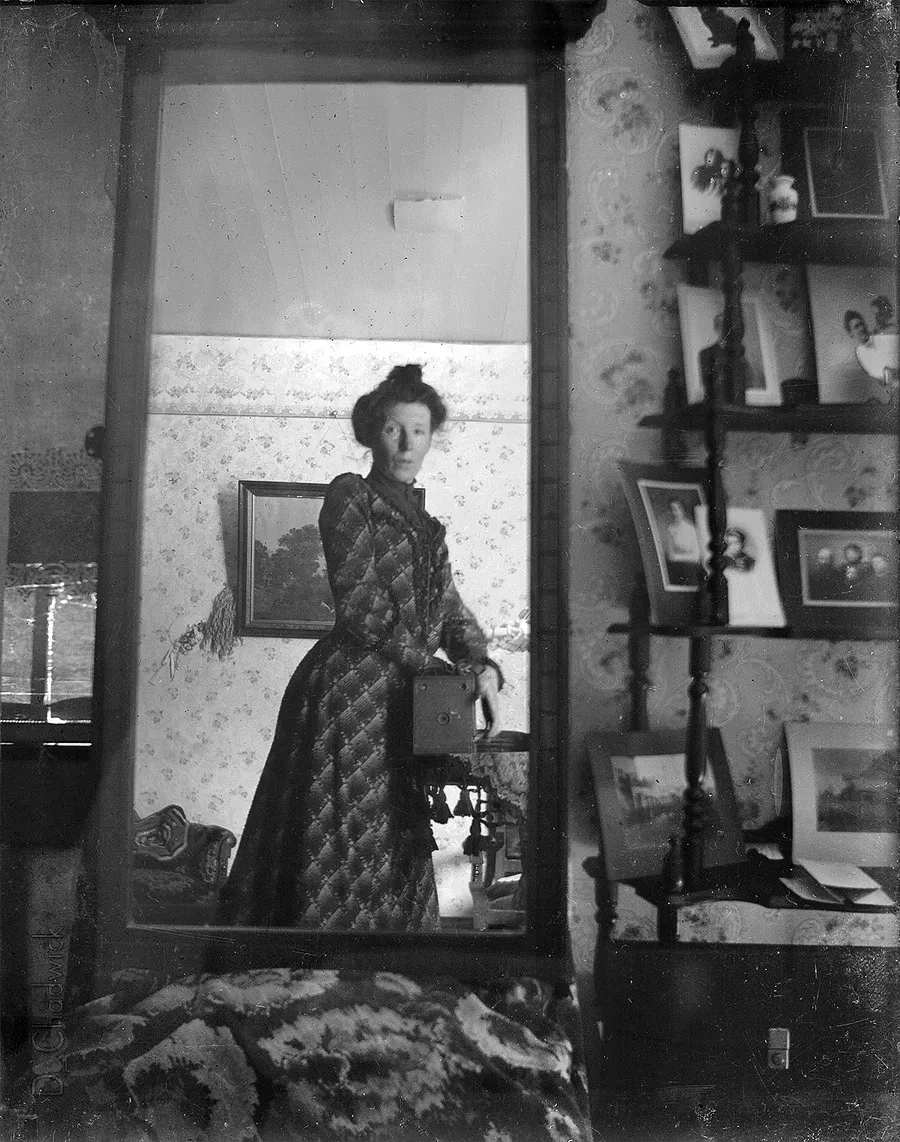Take a Peep at This Gallery of Historic Selfies
People have been photographing themselves almost since the dawn of the technology
:focal(542x114:543x115)/https://tf-cmsv2-smithsonianmag-media.s3.amazonaws.com/filer/e6/2d/e62d0ee0-0c88-46d0-8d56-fd8b080fece3/anastasia.jpg)
The first-ever photograph was a still life. But it wasn’t long until people were taking pictures of one another.
“Portraits were the most commonly produced type of photographs in the first decades of photography, comprising an estimated 95% of surviving daguerreotypes,” writes Kandice Rawlings for the Oxford University Press blog.
Selfies–especially given the fact that there was already a long artistic tradition of painted self-portraits–were an obvious next step. The early history of photography, like photography today, includes both beautiful self-portraits and technically questionable mirror selfies. Take a look:
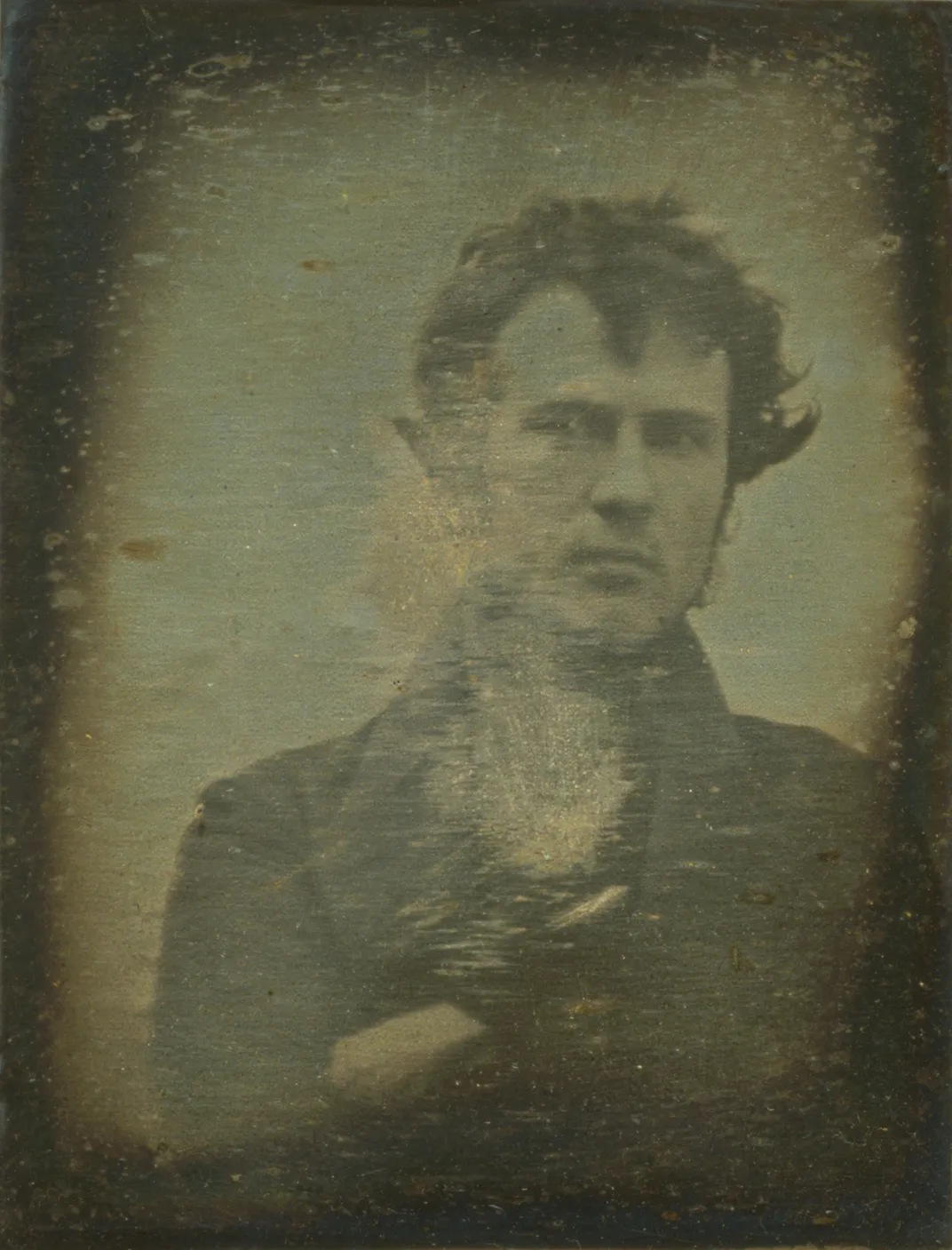
First photographic selfie: Robert Cornelius
This photograph, taken in October or November 1839 (just months after Daguerre announced his invention of the daguerreotype) is believed to be the earliest American portrait, as well as the first American selfie, according to the Library of Congress. Many believe it to be the first-ever selfie.
Robert Cornelius, the subject of the image, took the picture out-of-doors near his family's Philadelphia home. Looking at the image, it's easy to imagine him standing in front of his jury-rigged camera for the required exposure time of between three and 15 minutes, wondering "will this work?"
With such a long exposure time, early daguerreotypes were a poor choice for portraiture. But technological developments resulted in daguerreotype portrait studios becoming a craze of the 1840s and 1850s.
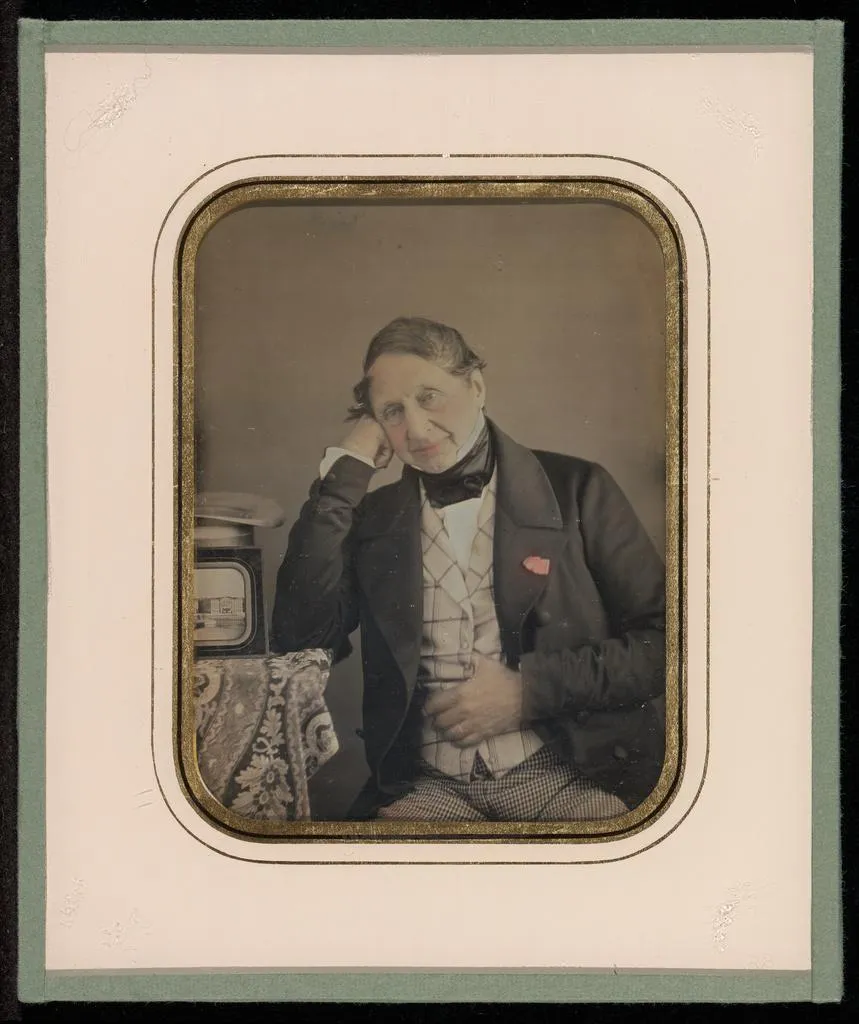
Jean-Gabriel Eynard takes an early self-portrait
Jean-Gabriel Eynard was an amateur daguerreotypist who worked from the early 1840s until he died in 1863. In that time, he documented everyday life and people around him, writes Allison Meier for Hyperallergic.
"Eynard often jumped in front of the camera himself, sometimes posing with daguerreotypes he'd previously taken, sometimes standing in his shiny top hat alongside his impressive 'Palais Maynard' home or a more humble ox-cart," she writes. Both his top hat and a previous daguerreotype can be seen on the table he rests his elbow on in this 1847 image.
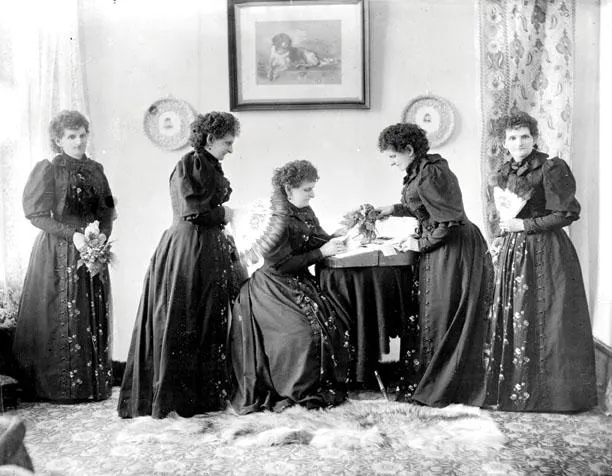
Hannah Maynard takes a trick selfie
Hannah Maynard, a Canadian portrait photographer, used multiple exposures and other tricks in her self-portraits to give the impression there were many of her in the same space. Maynard's interest in this kind of image-making stemmed from an interest in Spiritualism, beginning in the 1880s. It was sparked by the deaths of two of her children, writes Susanna McLeod for the Kingston Whig-Standard.
But Maynard was far from the only one to experiment in self-portrait trickery in the early days of photography. Perhaps the first trick self-portrait was taken by a man named Hippolyte Bayard in 1840. Bayard used the photographic process he invented–known as the direct positive process–to create an image of himself as a drowned man. He was implying that he had committed suicide after the French government funded Louis Daguerre's research but not his own.
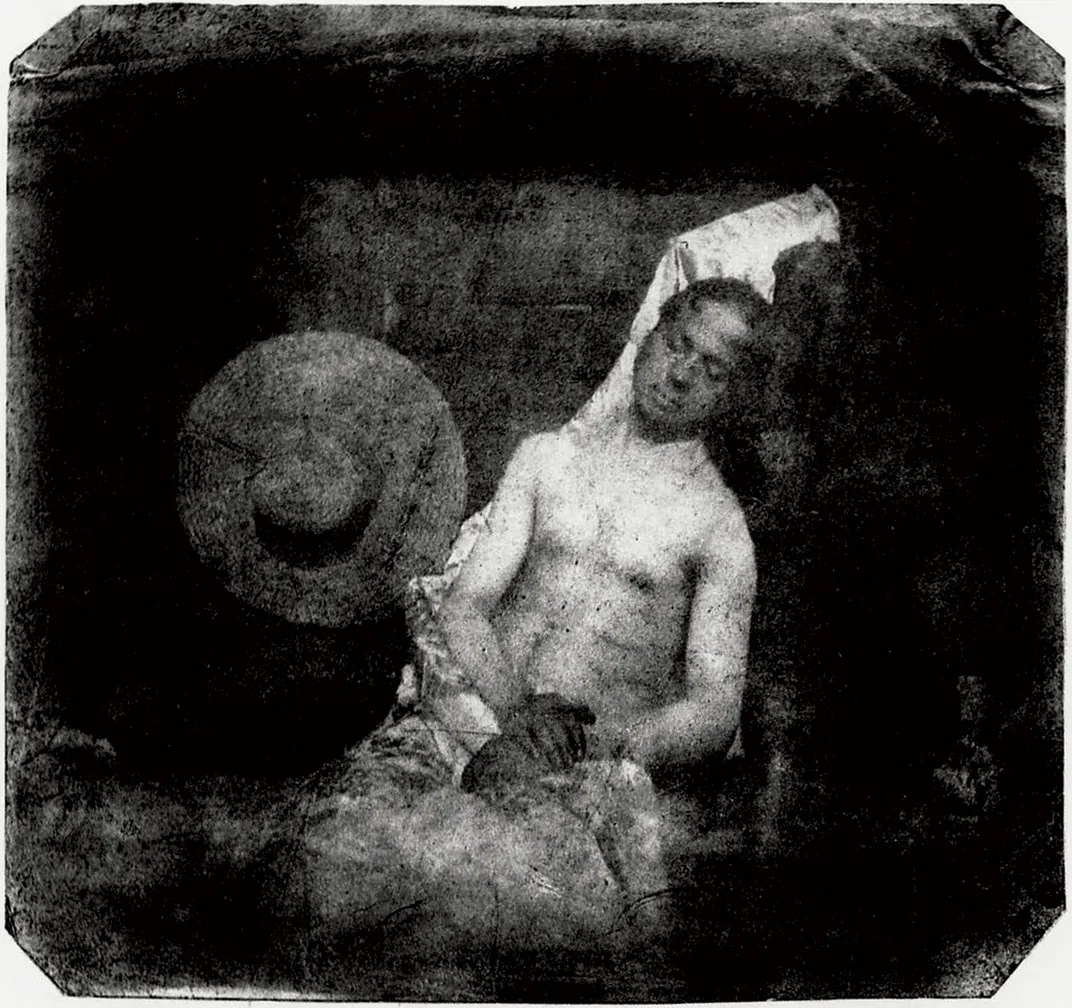
An unidentified woman takes an early mirror selfie
This mirror selfie taken around 1900 raises a lot of questions: who was the woman who took it? Was she the same person who took the numerous photographs displayed on the shelf to her left? Nobody knows.
